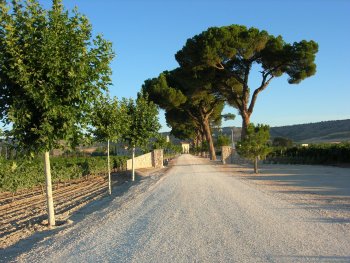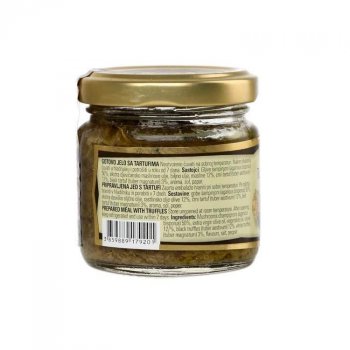Setas de Castilla y León Guarantee label
The main objective is the promotion of wild mushrooms originating in the forest areas of Castile and León region, the incorporation of added value to labelled mycological products through the certification of qualities specified in the regulations of use and the transfer to the consumer of their food safety.



